Fracture and Structural Integrity: The Podcast
Stay at the cutting edge of fracture mechanics and structural integrity research with the official podcast of the Fracture and Structural Integrity journal. Join us for insightful interviews with top researchers, in-depth discussions of groundbreaking papers, and explorations of emerging trends in the field.
RSS Spotify YouTube Amazon Music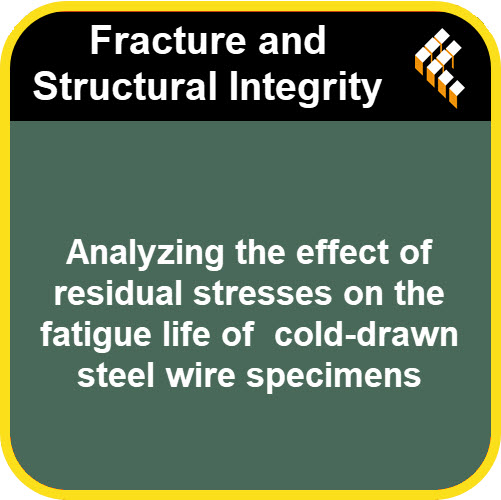
Analyzing the effect of residual stresses on the fatigue life of cold-drawn steel wire specimens
2025-07-09
https://www.fracturae.com/index.php/fis/article/view/5407
More DownloadFiletype: MP3 - Size: 14 MB - Duration: 11:55m (160 kbps 24000 Hz)
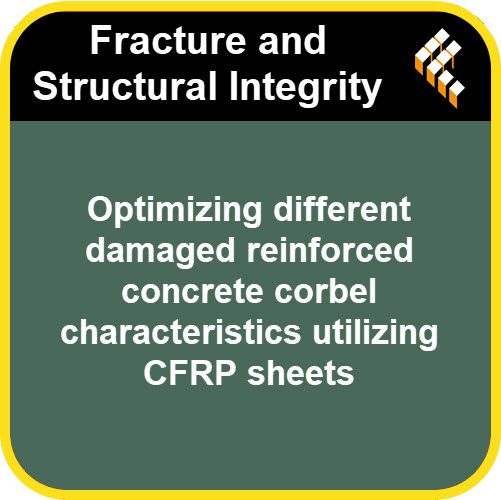
Optimizing different damaged reinforced concrete corbel characteristics utilizing CFRP sheets
2025-07-08
https://www.fracturae.com/index.php/fis/article/view/5466
More DownloadFiletype: MP3 - Size: 20 MB - Duration: 17:07m (160 kbps 24000 Hz)
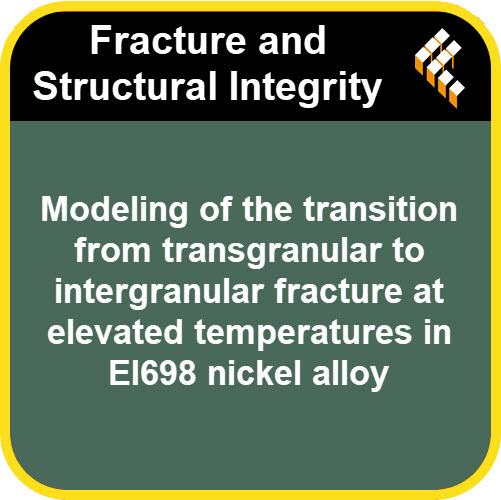
Modeling of the transition from transgranular to intergranular fracture at elevated temperatures in EI698 nickel alloy
2025-07-03
https://www.fracturae.com/index.php/fis/article/view/5477
More DownloadFiletype: MP3 - Size: 22 MB - Duration: 18:27m (160 kbps 24000 Hz)
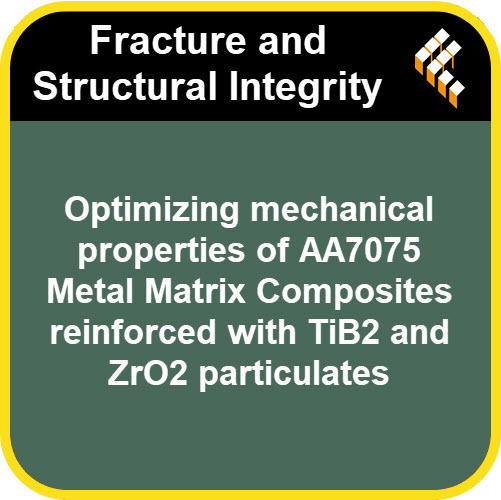
Optimizing mechanical properties of AA7075 Metal Matrix Composites reinforced with TiB2 and ZrO2 particulates
2025-07-03
https://www.fracturae.com/index.php/fis/article/view/5473
More DownloadFiletype: MP3 - Size: 21 MB - Duration: 18:12m (160 kbps 24000 Hz)
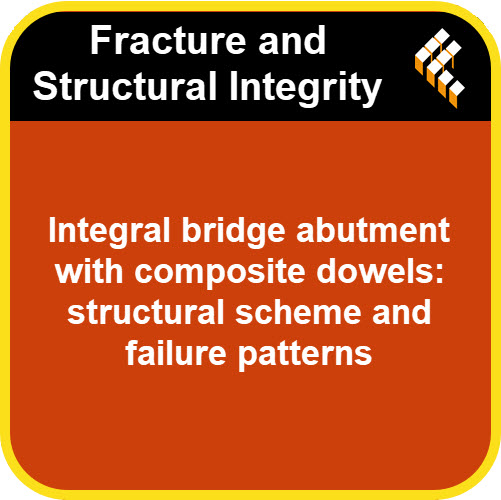
Integral bridge abutment with composite dowels: structural scheme and failure patterns
2025-06-19
https://www.fracturae.com/index.php/fis/article/view/5437
More DownloadFiletype: MP3 - Size: 20 MB - Duration: 16:55m (160 kbps 24000 Hz)
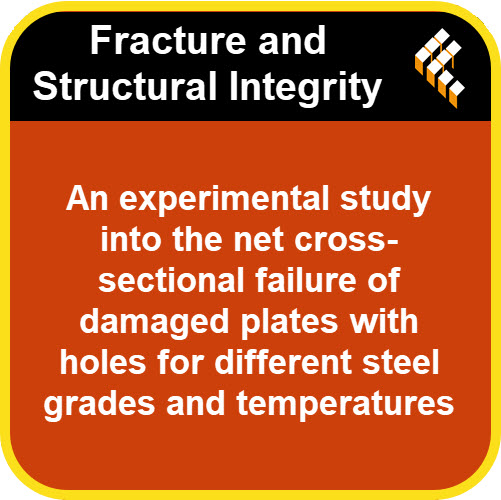
An experimental study into the net cross-sectional failure of damaged plates with holes for different steel grades and temperatures
2025-06-15
https://www.fracturae.com/index.php/fis/article/view/5444
More DownloadFiletype: MP3 - Size: 29 MB - Duration: 24:42m (160 kbps 24000 Hz)
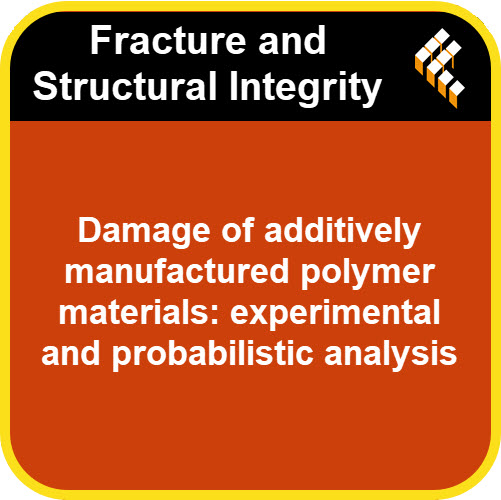
Damage of additively manufactured polymer materials: experimental and probabilistic analysis
2025-06-11
https://www.fracturae.com/index.php/fis/article/view/5465
More DownloadFiletype: MP3 - Size: 24 MB - Duration: 20:36m (160 kbps 24000 Hz)
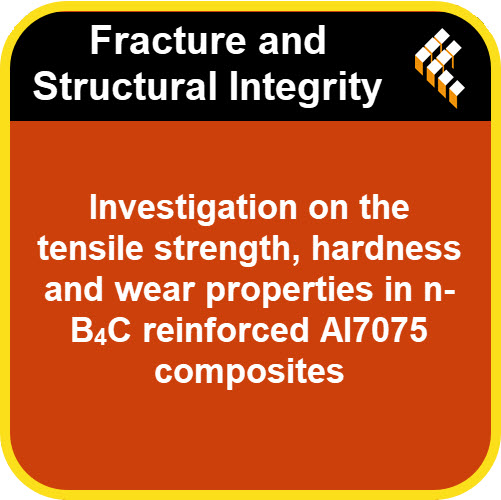
Investigation on the tensile strength, hardness and wear properties in n-B4C reinforced Al7075 composites
2025-06-06
https://www.fracturae.com/index.php/fis/article/view/5400
More DownloadFiletype: MP3 - Size: 20 MB - Duration: 17:00m (160 kbps 24000 Hz)
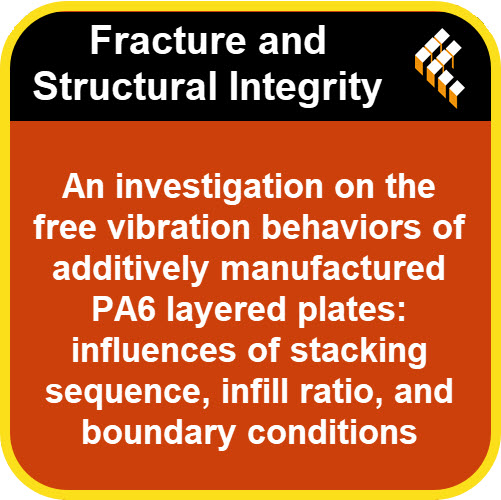
An investigation on the free vibration behaviors of additively manufactured PA6 layered plates: influences of stacking sequence, infill ratio, and boundary conditions
2025-06-04
https://www.fracturae.com/index.php/fis/article/view/5461
More DownloadFiletype: MP3 - Size: 17 MB - Duration: 14:30m (160 kbps 24000 Hz)
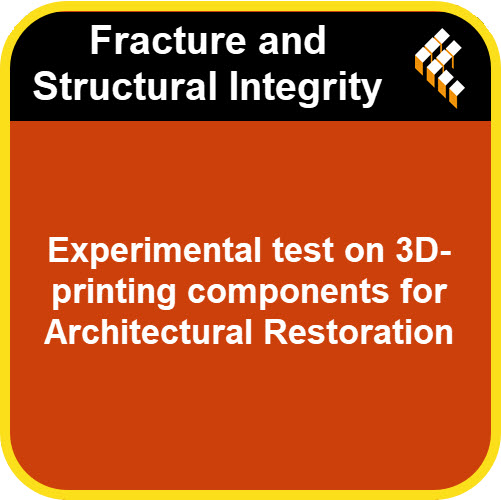
Experimental test on 3D-printing components for Architectural Restoration
2025-06-04
https://www.fracturae.com/index.php/fis/article/view/5414
More DownloadFiletype: MP3 - Size: 19 MB - Duration: 16:21m (160 kbps 24000 Hz)
Powered by Podcast Generator, an open source podcast publishing solution | Theme based on Bootstrap
